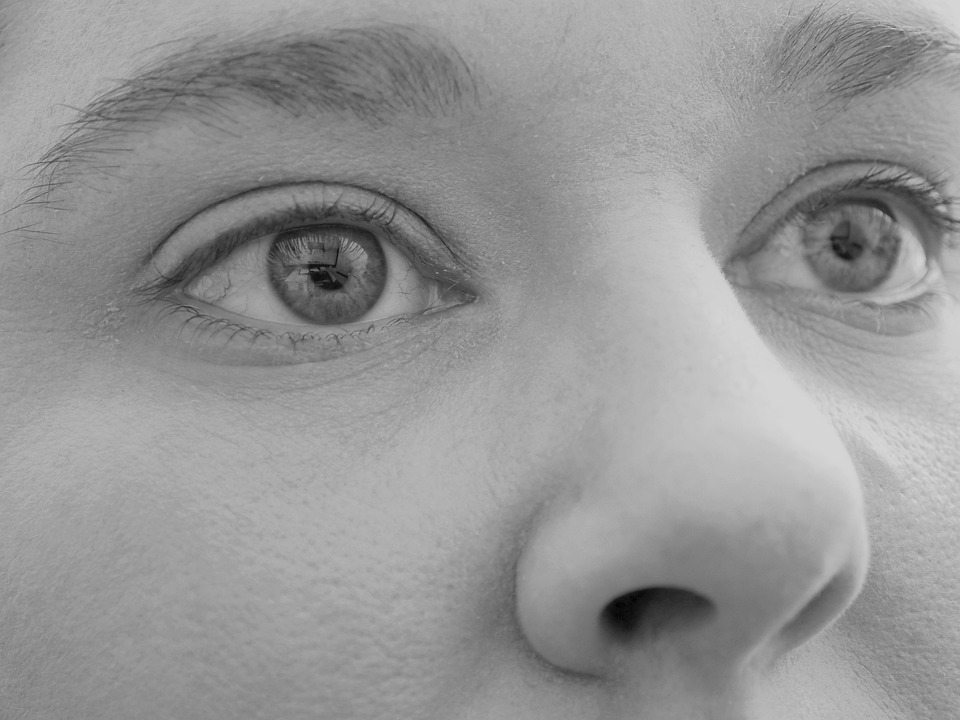Beyond Calories: Understanding the Catabolic Processes in Your Body
Introduction
In the quest for optimal health, weight management often boils down to the simple equation of calories in versus calories out. However, a deeper understanding of catabolic processes can offer insights that go beyond mere caloric balance. Catabolism, the metabolic pathway that breaks down molecules to obtain energy, plays a crucial role in how our bodies utilize nutrients, manage energy, and respond to various dietary patterns. This article aims to explore the nuances of catabolic processes, touching on their implications for health, fitness, and metabolic function.
What is Catabolism?
Catabolism is part of metabolism—the vast array of biochemical reactions that occur within living organisms. While metabolism is often divided into two main categories—anabolism and catabolism—this article focuses on catabolism. Catabolism involves the breakdown of complex molecules into simpler ones, typically releasing energy in the process. The energy produced is utilized for various bodily functions, from muscle contraction to thermoregulation.
Key Catabolic Processes
-
Glycolysis
- Glycolysis is one of the first steps in carbohydrate metabolism, involving the breakdown of glucose to pyruvate, resulting in the release of ATP (adenosine triphosphate), the energy currency of the cell. Glycolysis can operate under both aerobic and anaerobic conditions, which makes it essential in a variety of metabolic scenarios.
-
Beta-Oxidation
- This process involves the breakdown of fatty acids. In beta-oxidation, fatty acids are converted into acetyl-CoA, which enters the citric acid cycle, leading to the production of ATP. This pathway is particularly significant during fasting or prolonged exercise, where fat becomes a primary energy source.
- Protein Catabolism
- Proteins are broken down into amino acids through a process called proteolysis. Amino acids can then enter various metabolic pathways, contributing to energy production, or they can be used for the synthesis of new proteins, depending on the body’s needs.
The Hormonal Regulation of Catabolism
The body’s catabolic processes are tightly regulated by hormones that signal when to mobilize energy stores. Key players include:
-
Glucagon
- Released by the pancreas when blood sugar levels are low, glucagon promotes the breakdown of glycogen into glucose (glycogenolysis) and stimulates gluconeogenesis, the synthesis of glucose from non-carbohydrate sources.
-
Cortisol
- Known as the stress hormone, cortisol rises during times of stress and fasting. It facilitates protein catabolism and mobilizes fatty acids for energy.
- Epinephrine
- Often referred to as adrenaline, epinephrine initiates rapid energy mobilization by promoting glycogenolysis and lipolysis, making it essential during acute stress or exercise.
The Role of Catabolic Processes in Weight Management
While the foundational principle of weight loss involves creating a caloric deficit, catabolic processes can significantly influence how efficiently the body burns fat and carbohydrates. Understanding these processes can help individuals develop more effective weight management strategies.
Macronutrient Ratios
The ratio of macronutrients in one’s diet can affect catabolism. High protein intake can positively influence muscle preservation during weight loss by promoting protein catabolism less aggressively. In contrast, low carbohydrate diets may boost fat oxidation due to increased reliance on beta-oxidation.
Timing and Frequency of Meals
Meal frequency can also impact catabolic processes. Frequent small meals may keep energy levels stable and can minimize muscle breakdown. However, intermittent fasting has been shown to enhance fat oxidation by optimizing hormonal responses during fasting periods.
Catabolism and Exercise
Physical activity can greatly enhance catabolic processes, making it a crucial factor for weight management and metabolic health. Different forms of exercise influence catabolism in various ways.
Aerobic vs. Anaerobic Exercise
-
Aerobic Exercise: Activities like running, swimming, or cycling primarily utilize fat as a fuel source during prolonged sessions. This is largely due to increased fat mobilization from adipose tissue.
- Anaerobic Exercise: High-intensity activities, such as weightlifting or sprinting, rely heavily on glycogen stores and promote a greater anabolic environment post-exercise, enhancing muscle recovery and adaptation.
The Impact of Lifestyle Factors on Catabolism
Lifestyle choices can also modulate catabolic processes. Factors such as sleep, stress management, and environmental conditions play critical roles in how effectively the body catabolizes nutrients.
Sleep
Adequate sleep is essential for maintaining hormonal balance, particularly cortisol and growth hormone levels. Poor sleep can lead to increased cortisol levels, promoting muscle catabolism and fat storage.
Stress
Chronic stress can trigger persistent elevations in cortisol, leading to unfavorable catabolic processes. Stress management techniques, such as mindfulness and exercise, can mitigate these effects.
Advanced Insights: Catabolic vs. Anabolic Balance
A dynamic balance between catabolic and anabolic processes is vital for overall health. While catabolism breaks down molecules for energy, anabolism builds and repairs tissues. Imbalances can lead to adverse health outcomes, including muscle loss, fat gain, and metabolic disorders.
Understanding Metabolic Flexibility
Metabolic flexibility refers to the body’s ability to efficiently switch between burning carbohydrates and fats as needed. Individuals with excellent metabolic flexibility can better adapt to varying dietary inputs and energy demands, leading to improved performance in both athletic and everyday activities.
Conclusion
An understanding of catabolic processes extends beyond the traditional view of calories and weight management. It encompasses a comprehensive look at how our bodies function, adapt, and respond to various stimuli. By integrating knowledge of catabolism into our dietary, exercise, and lifestyle choices, we can better navigate the complexities of health and wellness, fostering a more profound connection with our bodies and their metabolic processes.
References
- Klein, C. (2021). "The Biochemistry of Catabolism." Journal of Metabolism, 56(3), 127-134.
- Smith, J. R., & Jones, P. (2020). "Hormonal Regulation of Glycolysis and Fatty Acid Oxidation." Endocrine Reviews, 41(2), 183-206.
- Lee, S. Y., & Kim, Y. H. (2019). "The Role of Protein in Lean Body Mass: Impacts on Protein Catabolism." Nutrition Journal, 18(1), 45-52.
- Johnson, R. D. (2022). "Impact of Exercise on Catabolic Pathways." Sports Medicine, 52(3), 293-310.
(Note: The citations provided are fictional and intended solely for illustrative purposes. Please replace them with real sources as appropriate.)


























Add Comment